Description
Alrex eye drops, also known as Loteprednol Ophthalmic, are a valuable treatment for eye swelling resulting from various factors, including allergies, infections, surgical procedures, or other conditions.
These specialized eye drops effectively combat eye itchiness, redness, and discomfort associated with short-term seasonal allergies, often triggered by pollen – a condition referred to as allergic conjunctivitis. Their unique formulation helps alleviate eye inflammation.
Loteprednol 0.2% eye drops fall within the category of corticosteroid medications, offering targeted relief for ocular conditions.


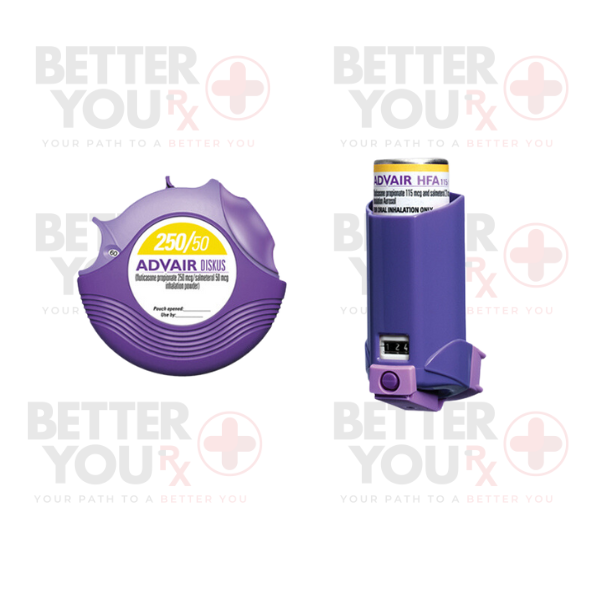
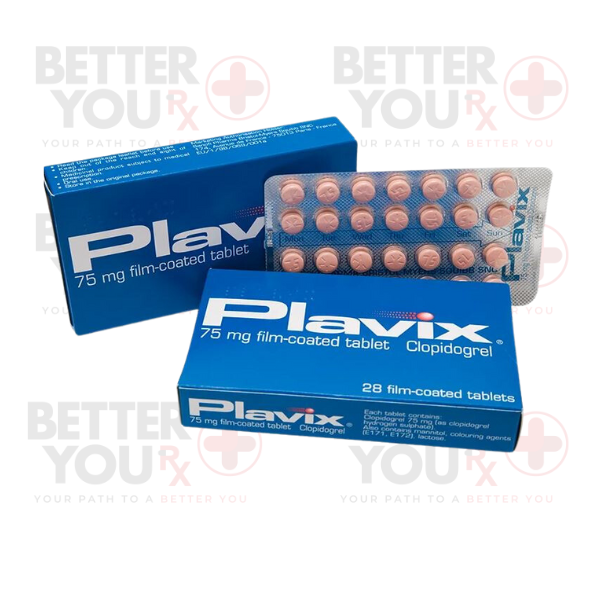

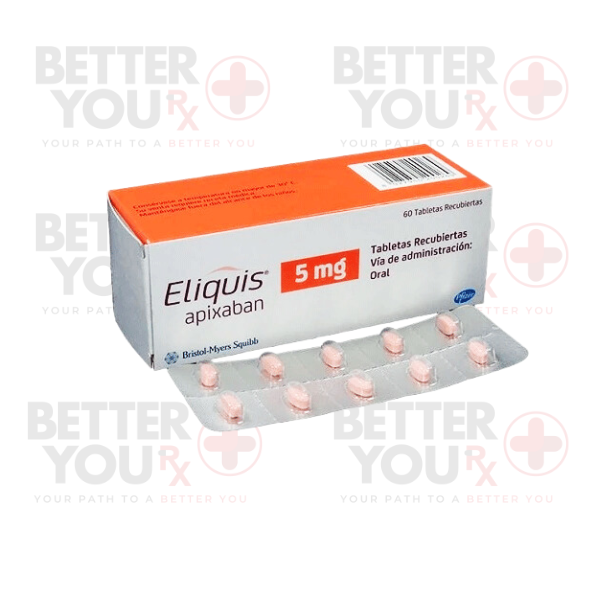
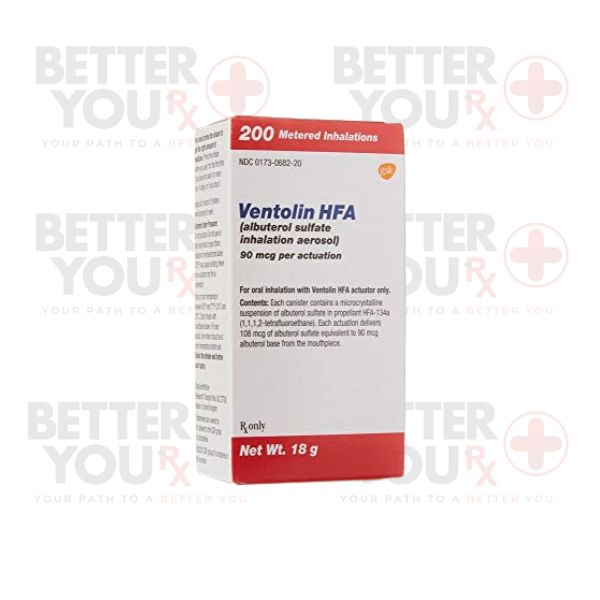
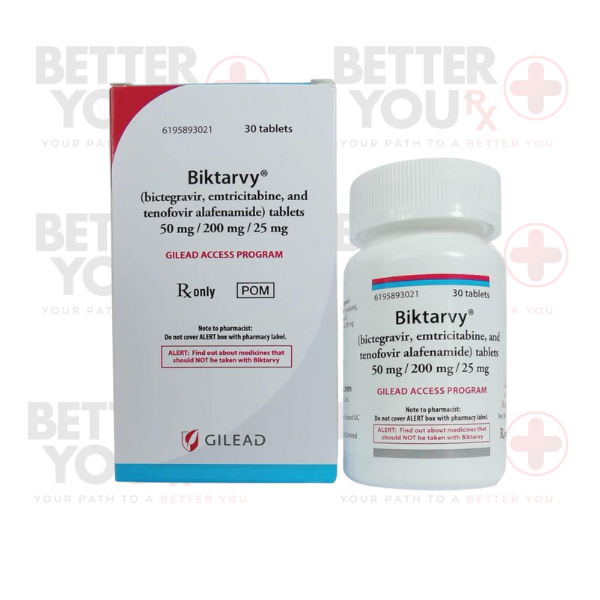
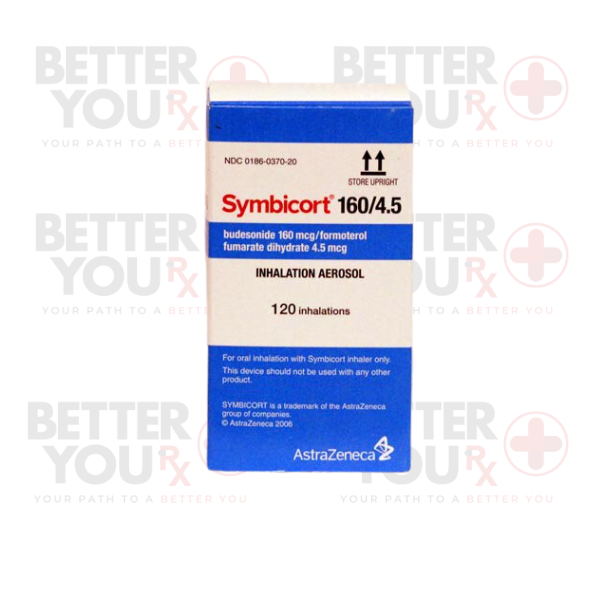
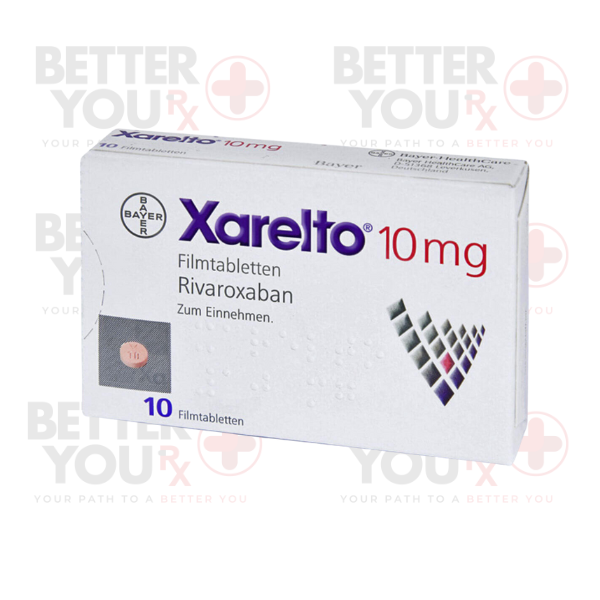
Reviews
There are no reviews yet.